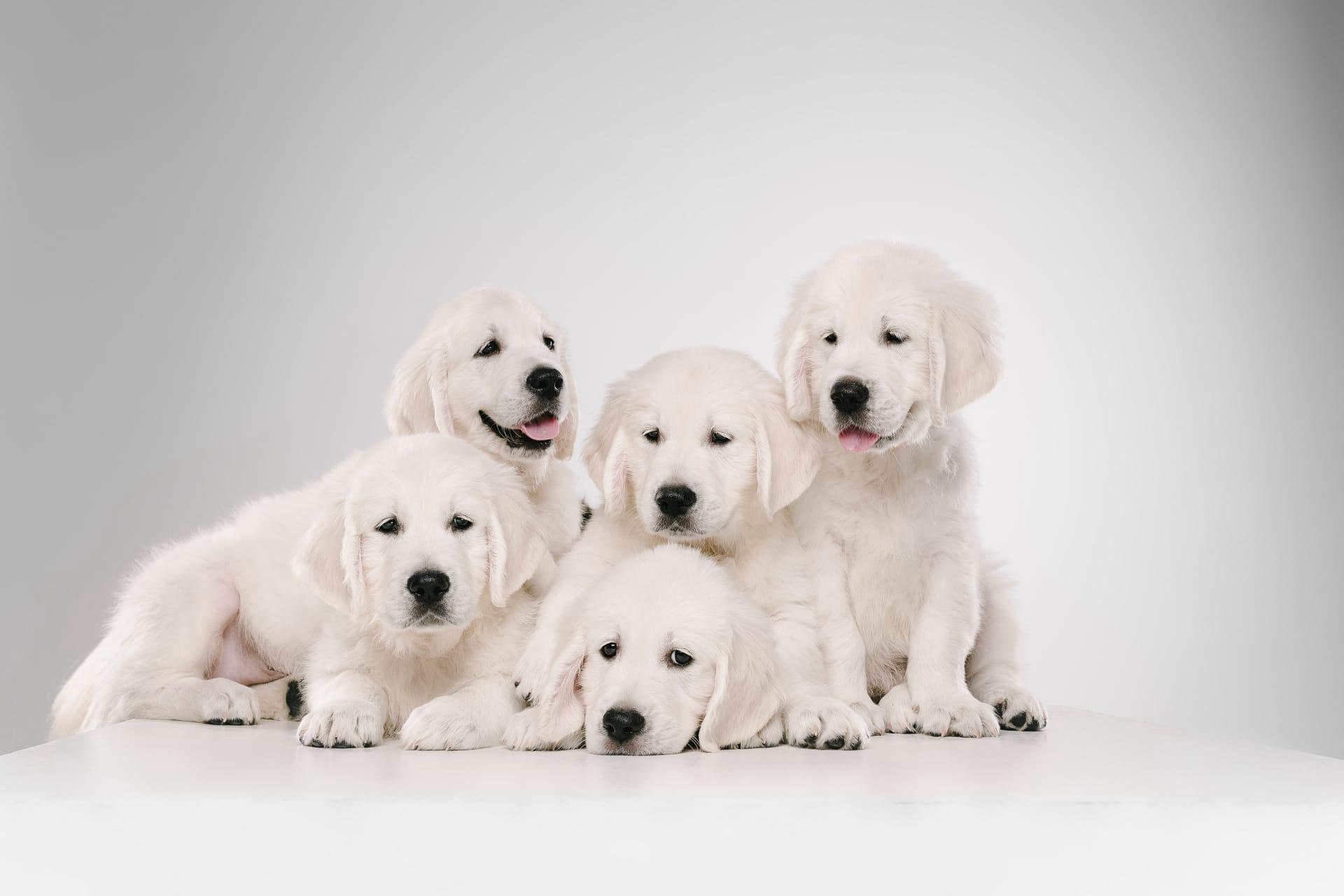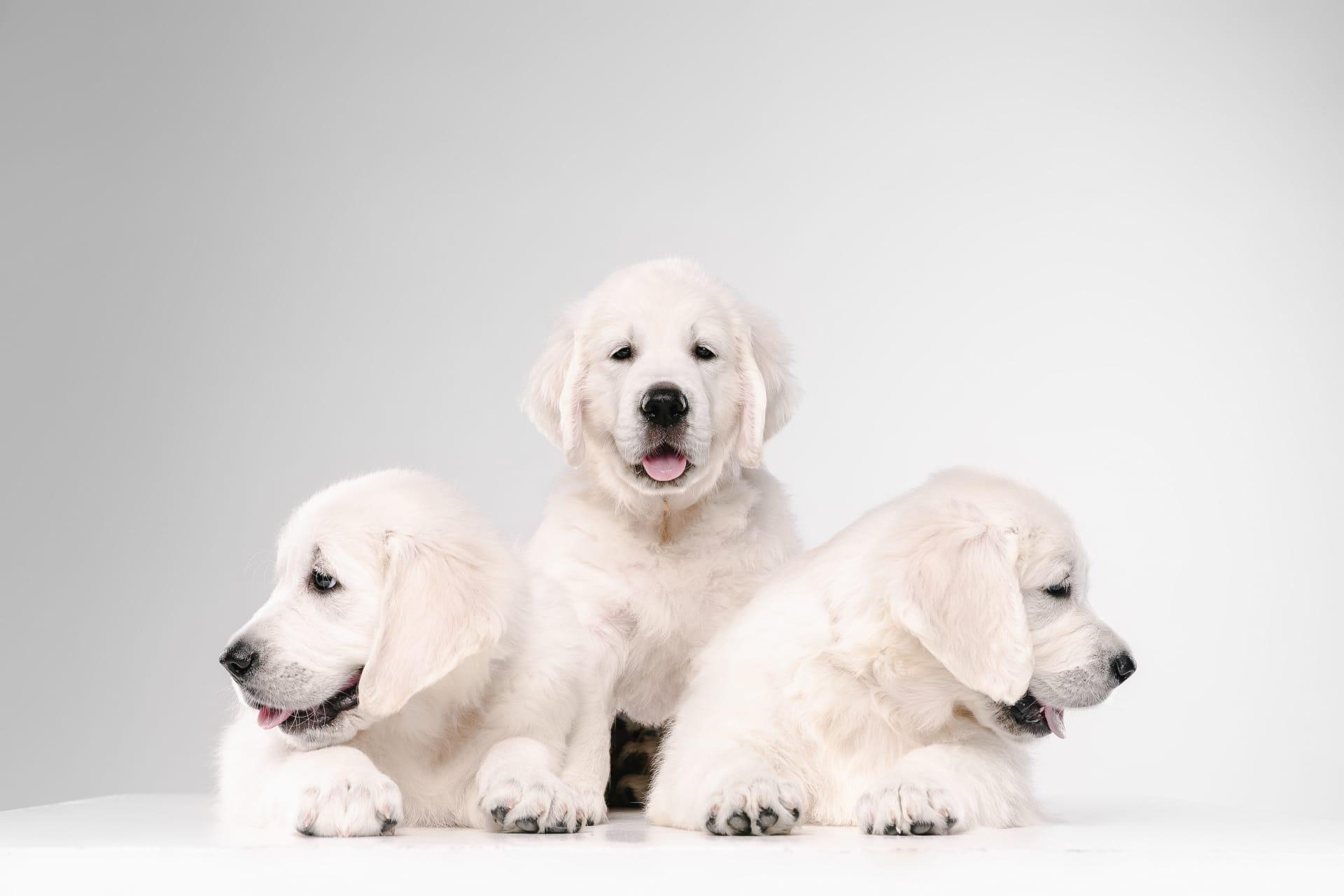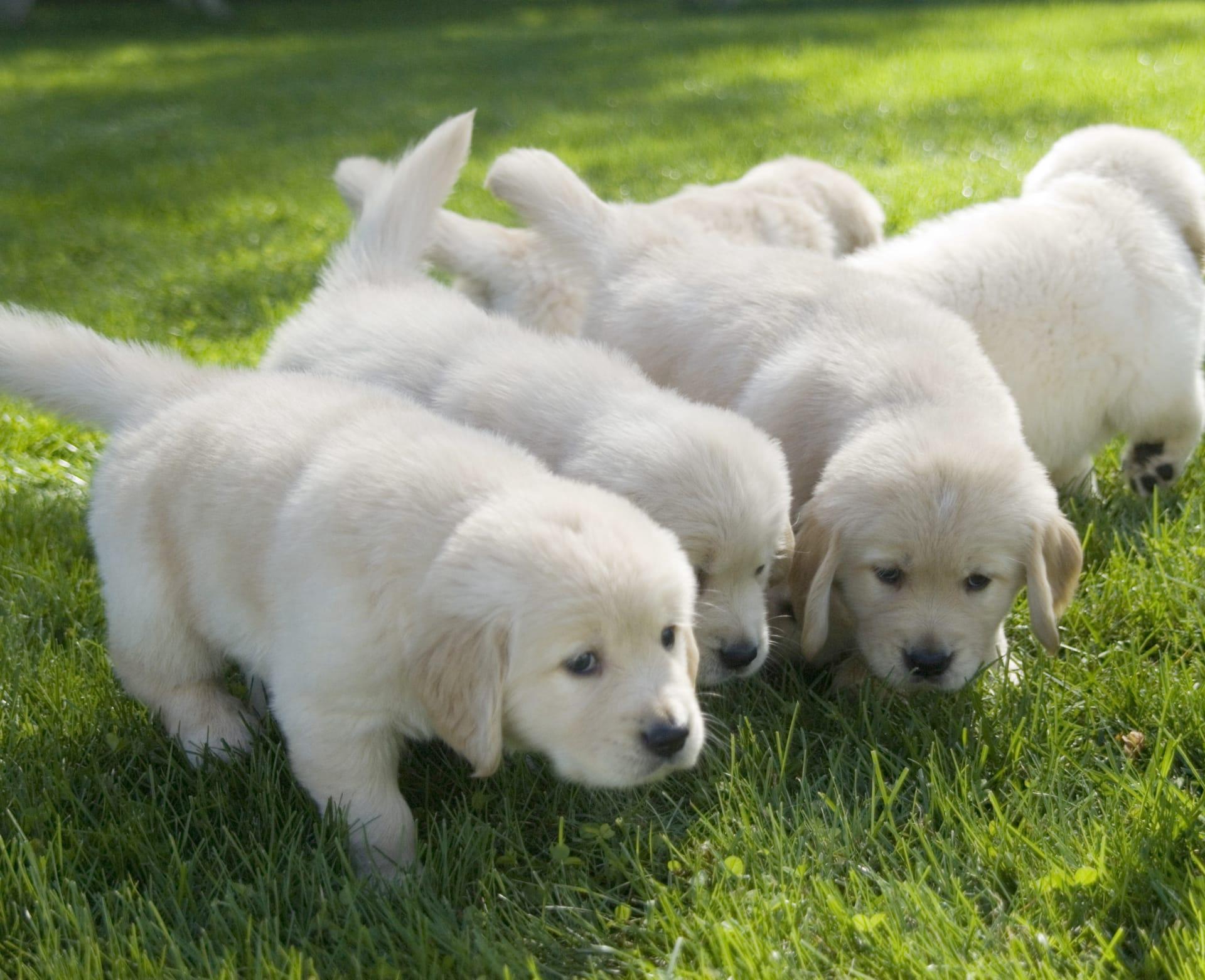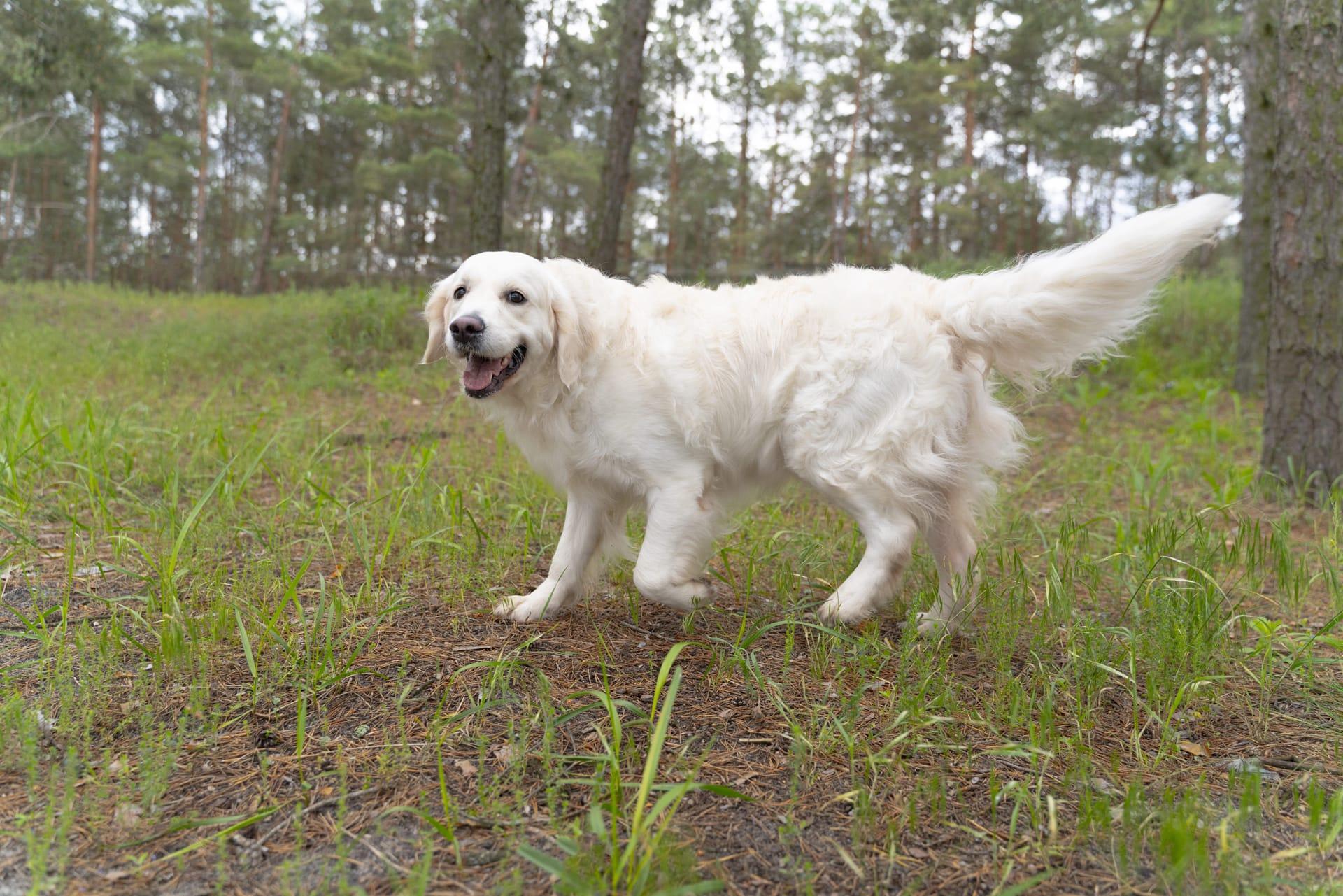Great Pyrenees Characteristics
- Home /
- Mini Encyclopedia /
- Animal /
- Great Pyrenees Characteristics
1
The Great Pyrenees is a majestic breed, known for its impressive size and regal appearance. Adult males can stand between 27 to 32 inches tall at the shoulder, while females are slightly smaller, ranging from 25 to 29 inches. Their weight can vary significantly, with males typically weighing between 100 to 160 pounds and females between 85 to 115 pounds. These gentle giants are covered in a thick double coat that helps protect them from harsh weather, making them well-suited for outdoor living. The lifespan of a Great Pyrenees is generally 10 to 12 years, a testament to their robust health when properly cared for.
The most remarkable organ of the Great Pyrenees is undoubtedly their thick, double-layered coat. This coat is not just for show; it serves a critical purpose in regulating the dog's body temperature and protecting them from various weather conditions. The outer layer is coarse and long, shedding water and snow, while the undercoat is dense and soft, providing insulation against both cold and heat. This unique combination allows the Great Pyrenees to thrive in mountainous regions, reflecting their origin in the Pyrenees Mountains where they were bred to guard livestock against predators.

2
Question: What is the most effective way to train a Great Pyrenees?
Answer: Training a Great Pyrenees requires patience, consistency, and positive reinforcement. Due to their independent and sometimes stubborn nature, it's important to start training early, ideally during puppyhood. Socialization is key to help them become well-adjusted adults. Short, engaging training sessions that focus on basic commands and reward good behavior with treats or praise are most effective. It's also crucial to establish a leadership role without using harsh discipline, as Great Pyrenees respond best to kind and firm guidance.

3
The exercise needs of the Great Pyrenees are moderate. Despite their large size, they are not high-energy dogs but do require regular physical activity to maintain their health and happiness. A daily walk or play session in a securely fenced area is sufficient. These dogs possess a natural instinct to roam and guard, so off-leash activities should be closely monitored.
In terms of eating habits, the Great Pyrenees has a relatively modest appetite for its size. They should be fed a high-quality diet suited to their age, size, and activity level. Overfeeding should be avoided to prevent obesity, especially since they can be less active. Typically, an adult Great Pyrenees will thrive on about 3 to 4 cups of dry dog food, divided into two meals per day.

4
The Great Pyrenees was originally bred for the demanding conditions of the Pyrenees Mountains, straddling France and Spain. This background has equipped them with a love for cooler climates and open spaces. They are well-suited for rural or suburban settings where they can have room to roam and exercise their natural guarding instincts.
Reproduction-wise, the Great Pyrenees is known for its relatively large litters, often producing between 6 to 10 puppies. Breeding should be undertaken responsibly, with consideration for genetic health, temperament, and the physical well-being of the mother. The breed is known for being attentive and protective parents, traits that are essential for their historical role as guardians of flocks.

5
Book: "The Great Pyrenees: A Complete and Comprehensive Owners Guide" by Michael Stonewood. Published in the United States in 2015, this book provides an in-depth look into the care, training, and history of the Great Pyrenees. Stonewood combines practical advice with personal anecdotes to offer a comprehensive resource for both new and experienced owners, covering everything from puppyhood to senior care.
Book: "Great Pyrenees: Guardians of the Flock" by Caroline Coile. This book, published in the UK in the late 2000s, delves into the historical background of the Great Pyrenees, emphasizing their role as livestock guardians. Coile provides insights into the breed's characteristics, behavior, and training, supplemented with stories that illustrate the breed's majestic nature and loyal temperament. The book is a tribute to the breed's contribution to farming communities and their enduring legacy as beloved pets.